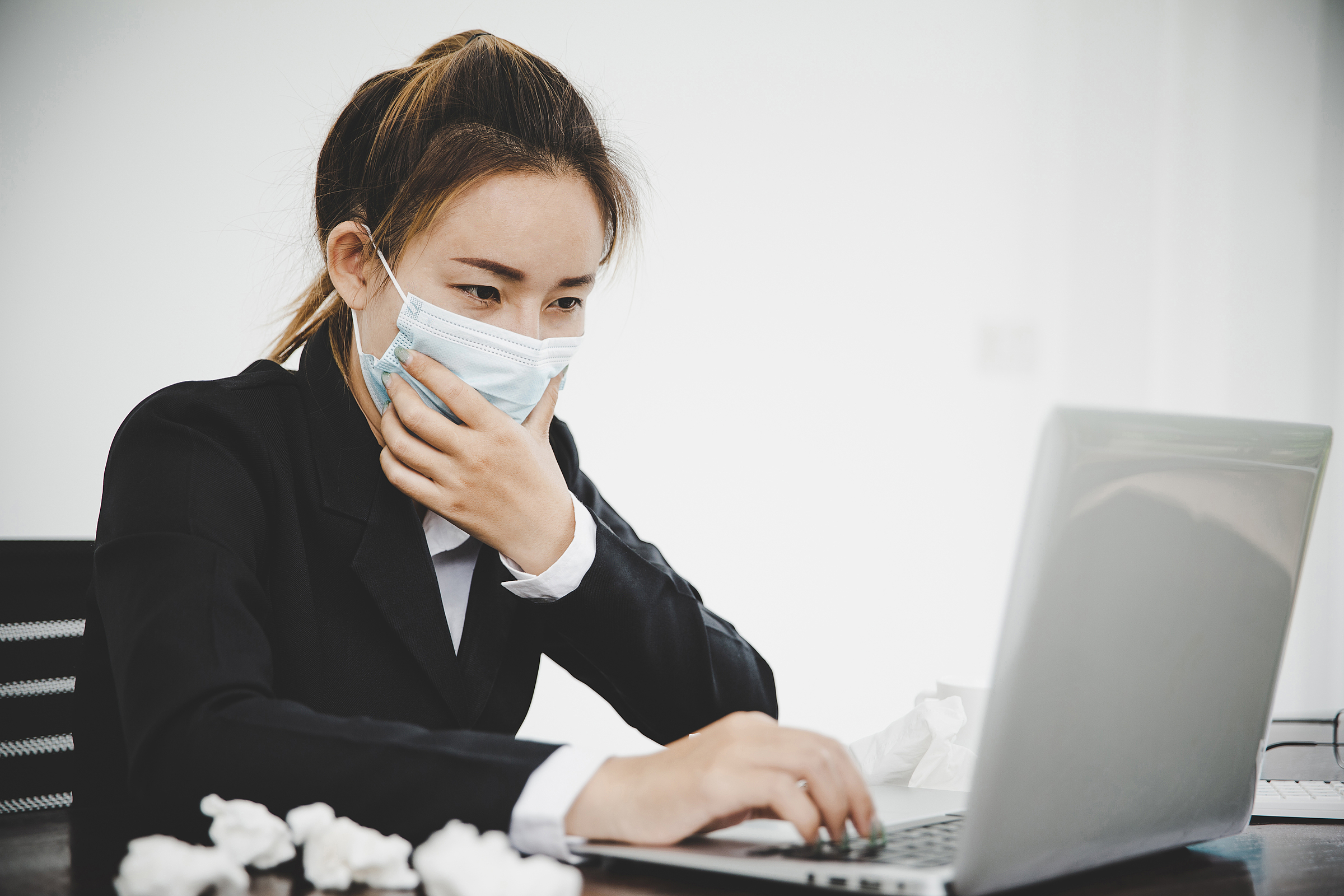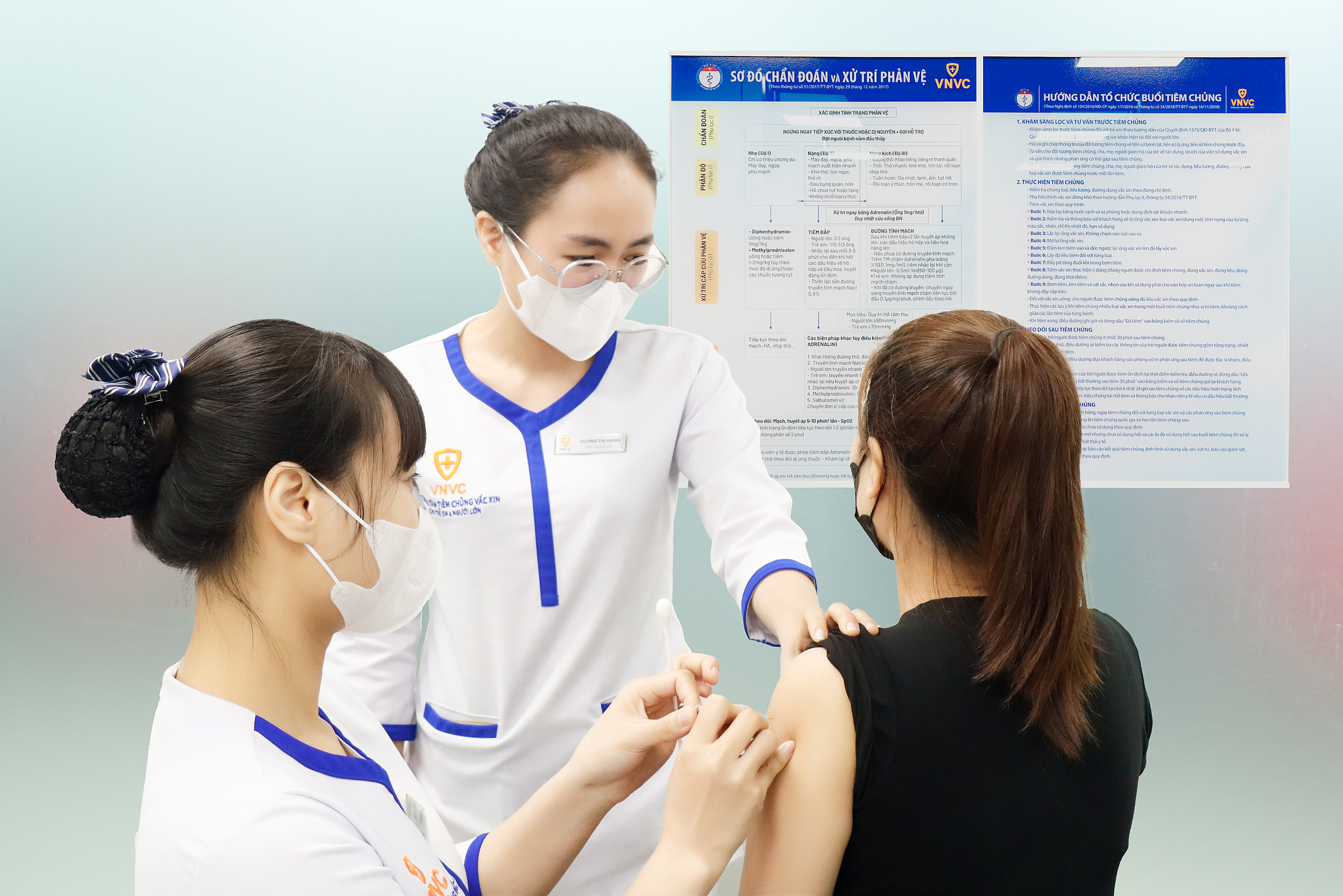Doctor Tong Thi Ngoc Cam, Medical Manager at VNVC Vaccination System, highlights the prevalence of germs in office settings due to the concentration of people and shared equipment. She emphasizes that even those with mild or no symptoms can spread illness, urging office workers to be vigilant.
Air conditioning systems
Closed air conditioning systems can facilitate the spread of airborne germs. Research shows that flu virus droplets can travel over 1.2 meters in a cough. Measles, a highly contagious virus, can infect 90% of unvaccinated individuals after a single exposure in the same space.
 |
Everyday objects in the office can harbor germs. Illustration: Vecteezy |
Everyday objects in the office can harbor germs. Illustration: Vecteezy
Restrooms
Restrooms, with their damp surfaces, poor ventilation, and shared facilities, are breeding grounds for viruses and bacteria like norovirus, rotavirus, E. coli, Salmonella, and HPV. Touching contaminated surfaces and then touching one's face or open skin can easily transmit these pathogens.
Elevators
Elevators' enclosed spaces restrict air circulation, allowing virus and bacteria-laden droplets to linger. Aerosol particles containing SARS-CoV-2 can persist for up to 15 minutes without proper ventilation. Even brief use by an infected person can contaminate the air and surfaces.
Elevator buttons are among the most contaminated surfaces in offices. A study by the University of Arizona found them to be 40 times more contaminated than public toilets. Germs like the flu virus, norovirus, Staphylococcus aureus, and E. coli can survive for hours on these buttons, easily spreading through touch.
Shared devices
Shared equipment like printers, photocopiers, telephones, touchscreens, and televisions, often infrequently cleaned, can accumulate germs. Touching a contaminated device and then touching one's face can transmit these germs.
Communal dining areas
Sharing cups, utensils, and teapots can spread viruses and bacteria causing illnesses like hepatitis A, influenza, meningococcal disease, and chickenpox. Communal refrigerators, often containing old food, can also harbor bacteria, leading to food poisoning.
 |
Office workers receive vaccinations at the VNVC Vaccination Center. Photo: An Hoa |
Office workers receive vaccinations at the VNVC Vaccination Center. Photo: An Hoa
Prevention
Doctor Cam recommends frequent handwashing with soap or sanitizer, especially after touching shared surfaces. Regular cleaning and disinfection of these surfaces are also crucial. Maintaining good ventilation in the workspace is important for air circulation.
Using personal items like cups, utensils, and food containers, and avoiding sharing these items can also minimize risk. Vaccinations are an effective preventative measure for some infectious diseases. Annual flu shots are recommended to stay updated with the latest strains. Office workers can also consider pneumococcal vaccines (Prevenar 13, Vaxneuvance, Prevenar 20, and Pneumovax 23), each with different dosage schedules. The measles vaccine is available from 6 months of age, with adults needing two doses one month apart if their vaccination history is unclear.
Vaccines can also prevent other respiratory illnesses, including meningococcal disease, whooping cough, diphtheria, Hib, and chickenpox. Early vaccination is essential for building immunity. Seeking medical attention for persistent symptoms like fever, cough, sore throat, diarrhea, or fatigue is crucial, both for personal health and to prevent workplace transmission.
Anh Ninh












